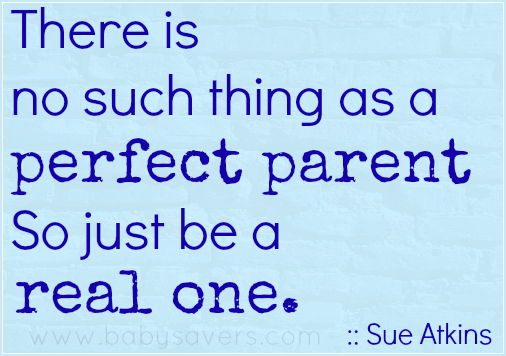 I confess to taking my first selfie this past week. Yep! That girl is me. I had mixed feelings about the process, since, to be honest, I was a total hater of the selfie. There seemed to be a tone of self-absorbed behavior that rubbed me the wrong way, when it came to selfies. I mean, consider the word, itself, which, by the way, is the word of the year 2013 for Oxford Dictionary.
I confess to taking my first selfie this past week. Yep! That girl is me. I had mixed feelings about the process, since, to be honest, I was a total hater of the selfie. There seemed to be a tone of self-absorbed behavior that rubbed me the wrong way, when it came to selfies. I mean, consider the word, itself, which, by the way, is the word of the year 2013 for Oxford Dictionary.
Most of the selfies that I have seen, unfortunately, have been produced by teens making poor choices, searching for something beyond that which their audiences can give–perhaps a bit too much showing of self or a controversial setting that requires some adult intervention.
The primary reason I decided to click my pic was because I really didn’t want to! Looking at pictures of myself makes me want to sneeze. Even though I consider myself to be confident and comfortable with my physical image, I’m just like the millions of women around the world who can be self-conscious of the way I look, at times, wanting to measure up to the airbrushed faces that are stalking me everywhere I go. I thought, well my hair is a mess, I’m wearing no makeup, the lighting is horrible, and . . . girl, push through that fear , be brave and just take the picture.
My first attempt was comical. I giggled at myself, trying to figure out if I should stare at the little hole or the crazy twin looking back at me. I laughed hard and thought of the artistic details someone like Vincent Van Gough considered when he painted his own selfie. Trying to capture myself was equivalent to a dog trying to catch its tail. Sometimes you get a piece, but never the whole thing.
Yet, there is something empowering about being the artist and the subject matter, all in one. There is something of self to share that isn’t preoccupied with vanity; a self-acceptance in sharing the message, “I’m here, and I’m cool with who I am.” I came across a Dove You Tube that embraces the empowering component a selfie can have on mothers and daughters in regard to seeing oneself as beautiful. The video encouraged me with my newfound appreciation for the nuances of this art form.
I sent a trail of selfies to my husband, who replied, “Looks like you are having fun.” I was. Then, I realized, this was not my first selfie. A lost memory appeared, a time with a girlfriend, making silly faces at a Polaroid camera that spat out pictures of two girls enjoying their friendship.
Sometimes, we forget the innocence of a good time and over-analyze all the negative aspects and pitfalls of a new technology. I know it is our responsibility to be on guard as parents and teachers, but we should consider being less critical, remember the joy of our own youth and lead the way in initiating fun with empowering choices.
Sammy @TURNING STONEchoice
For more information on TURNING STONEchoice and its process, visit http://www.turningstonechoice.com


